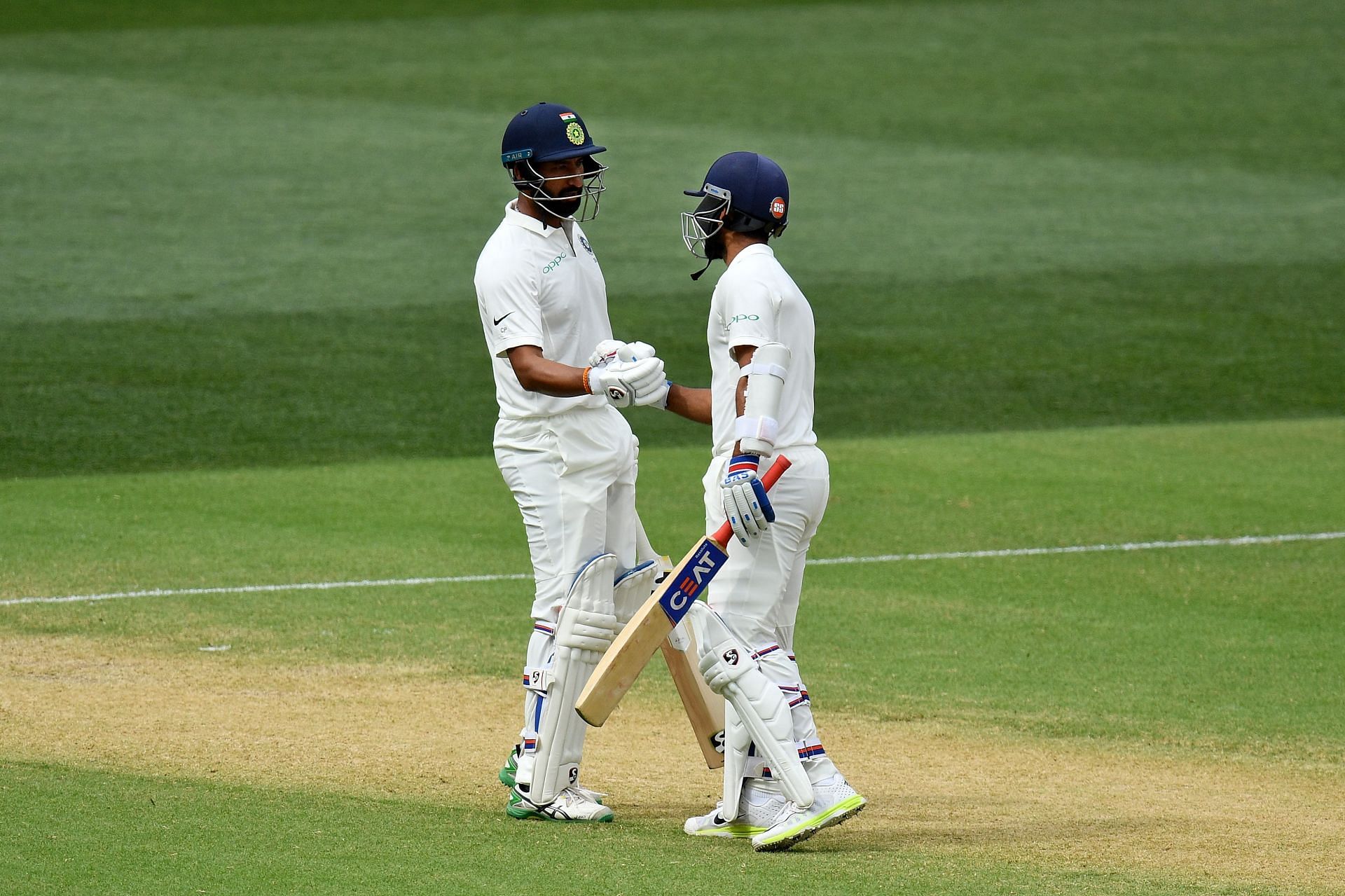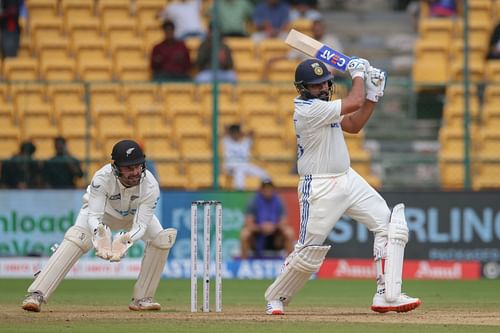
"That's why Pujaras and Rahanes have no place in the Indian team's plans" - Sunil Gavaskar slams India's batting approach after NZ series whitewash
Legendary Indian opener Sunil Gavaskar has criticized the side's attacking batting approach in Tests following the embarrassing 0-3 home series whitewash to New Zealand. India's batting struggled mightily during the three Tests, scoring below 200 in three out of the six innings.
The series loss was India's first at home since 2012-13, raising questions about their batting against the turning ball. Rohit Sharma's team also recorded their lowest-ever total in a home Test, 46 all-out, in the first innings of the opening Test in Bengaluru.
In his column for Sportstar, Gavaskar mentioned how India's aggressive batting approach led to the exclusion of Test stalwarts Cheteshwar Pujara and Ajinkya Rahane.
"Test cricket requires some patience, especially on pitches where the bowlers are getting some assistance, but not many modern batters believe in that. Then there's this new thinking that, come what may, we will play only at breakneck speed in a five-day game, and that means there is not much thought given to tiring the bowler out or waiting for conditions to improve. That's why Pujaras and Rahanes have no place in the Indian team's plans," he said.
"Pujara wore down the Australian attack, as did Rahane, and so the stroke-makers could take advantage of a tired attack and flog it and make up for a slow but watchful start. That kind of thinking is not there. Now there's this business of belting the ball like England batters are doing and losing badly overseas," Gavaskar continued.
Pujara and Rahane have not been part of the Indian Test side for over a year after playing a massive role in their domination for a decade.
"It may work with the white ball, which doesn't swing, seam, or spin as much" - Sunil Gavaskar

Sunil Gavaskar felt the attacking batting approach could work in white-ball cricket when the ball does very little compared to the red-ball in Tests.
With Rohit Sharma at the helm, India have adopted an aggressive mindset with the bat across formats over the past year or two. While the results have been positive with a title run and a runners-up finish in the 2024 T20 and 2023 ODI World Cups, the latest New Zealand Tests were a major backward step.
"The real issue is the thinking where again the short boundaries and big bats mean that batters, after playing three or four dot balls, think they can change the momentum by going for a big shot. It may work with the white ball, which doesn't swing, seam, or spin as much, but with the red ball, it's flirting with danger, especially if one has just come in to bat," Gavaskar said in the same interaction.
India now have a daunting task to recover from its shocking defeat in New Zealand in the upcoming tour of Australia.
Team India will face the mighty Aussies in five Tests Down Under, starting in Perth on November 22.